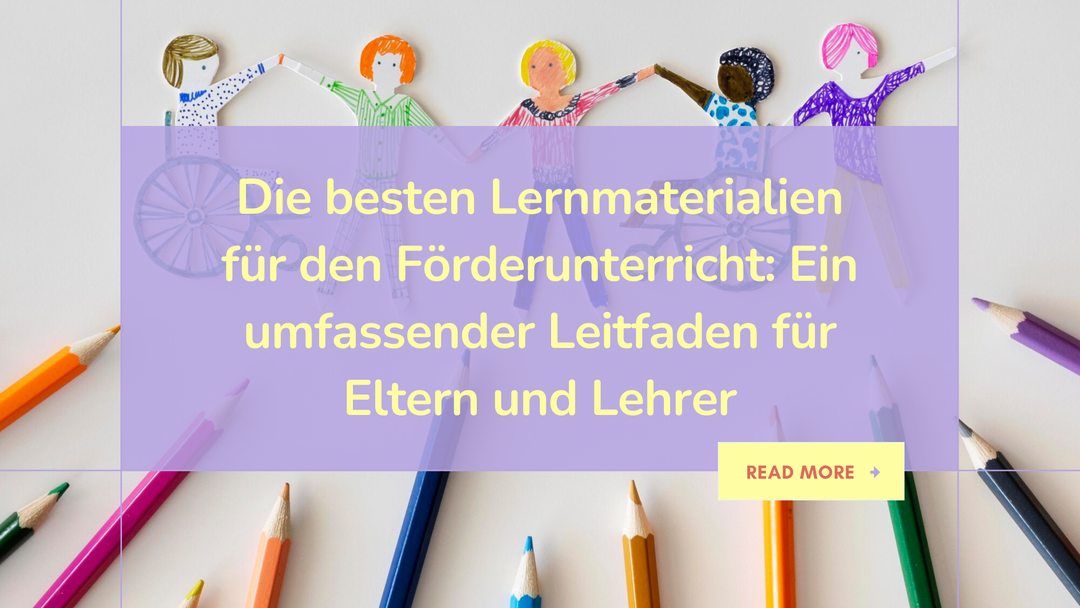The school subjects of tomorrow - Part 3: Sport and the magic of movement
Deep inside the body, humans have a sixth sense that is indispensable in everyday life: the Proprioception. This self-awareness enables people to perceive the position of their body in space in real time and thus makes walking, running and writing possible in the first place. In contrast to the other five senses, proprioception does not have a sense organ of its own. Self-perception comes about because the brain constantly processes nerve stimuli that are transmitted to it by thousands of receptors from the body, especially from muscles and tendons.
Building our body schema is a long process. We update our body schema according to our movements, actions or experiences. A very young child still has a lot of trouble finding his mouth straight away. It has no precise idea of its body. His still poorly structured brain will first have to learn to combine visual and proprioceptive information. On the other hand, a young person is constantly exploring the limits and capabilities of his body. His brain begins to organize the visual and proprioceptive information and to further develop body awareness. In adulthood one then has a multitude of organized ideas of movements and possibilities in space.
At a time when our body is stressed less and less and is paralyzed due to sedentary activities, we do well to listen more to our proprioception. That is why we should bring the "magic of movement" closer to the youngest. Encourage them to play more, sport and exercise, and even set an example for more play, sport and exercise.
Our wooden toys for different age groups are adapted to the respective development phase of your child. For example, it conveys the basic idea of never standing still in the form of a marble run, a balance scale or a racing car.
Useful information:
- The scientific proof of the connection between exercise, cognitive development, brain development and the regrowth of new nerve cells is there. More movement means more nerve cells in the brain! This is especially true for our youngest, of course.
- A study in Baden-Württemberg showed: Every fourth child cannot jump when they start school.
- Why is a dancer's brain fitter on a cognitive level than that of a normal athlete of the same age? Because the dancer learns new movements with each new choreography.
- All higher brain areas get their input via the sensory and motor skills. In other words: your sensory and motor skills train your thinking in the first place.
A little thought experiment at the end: person A has done little sport in their life, person B can play handball, football and gymnastics. Now both are learning something new, let's say to play the piano. Who will learn more effectively or efficiently?
Read in our fourth part: The school subjects of tomorrow - Part 4: Music and rhythm







Leave a comment